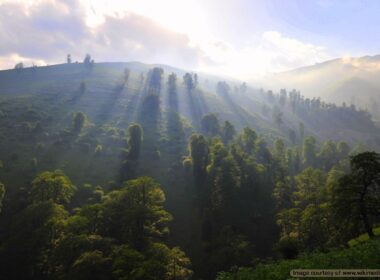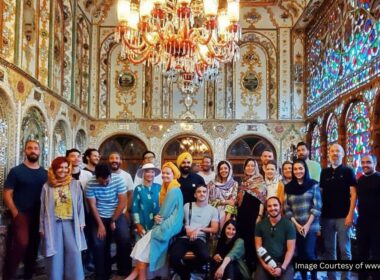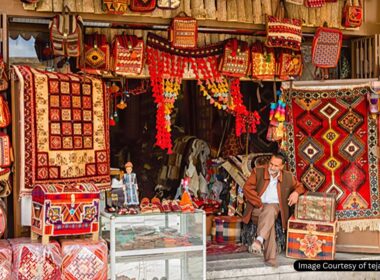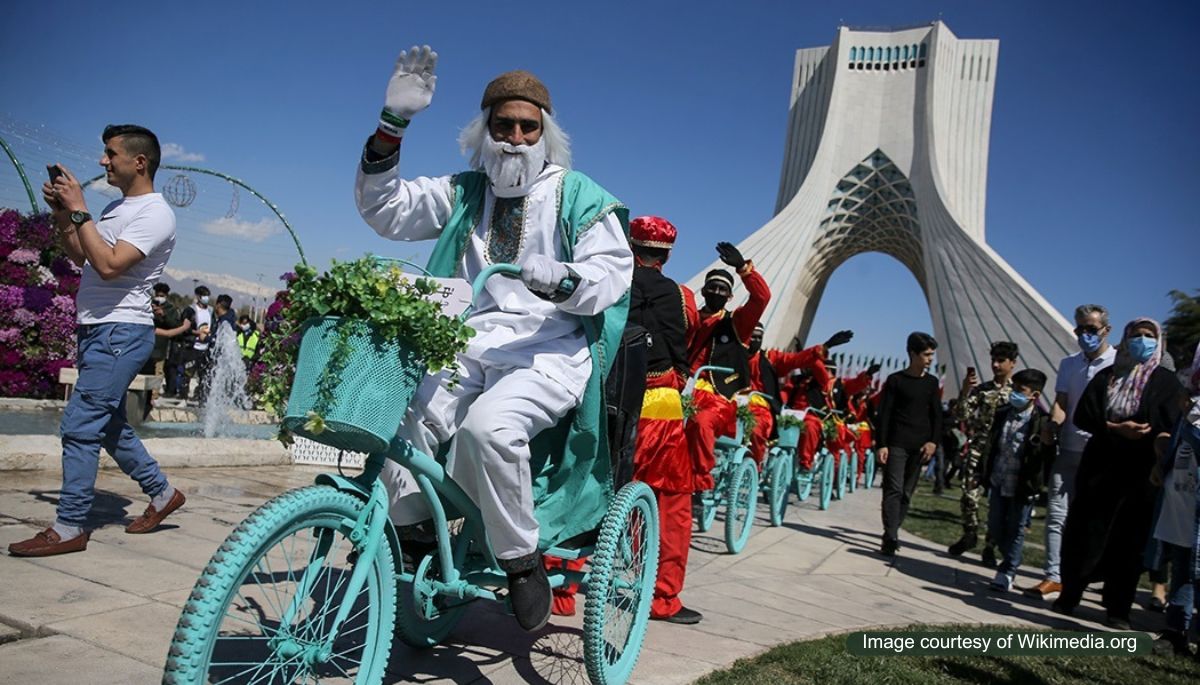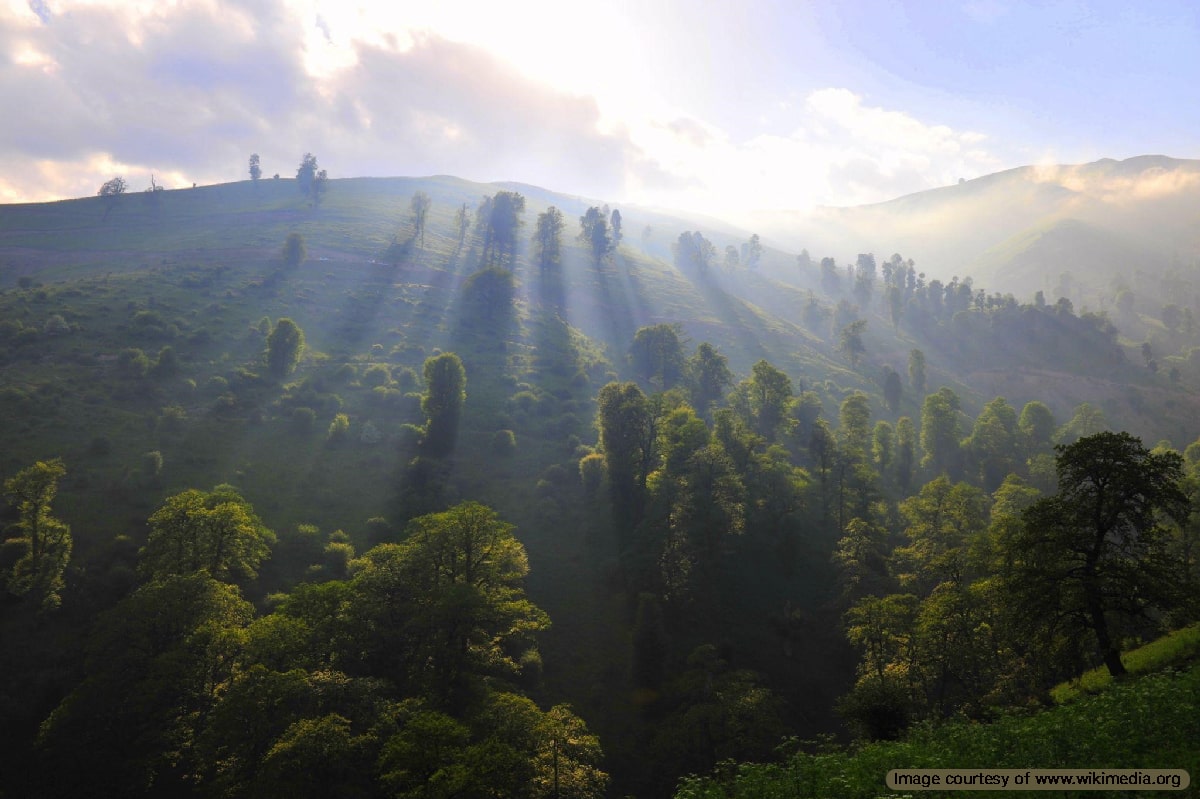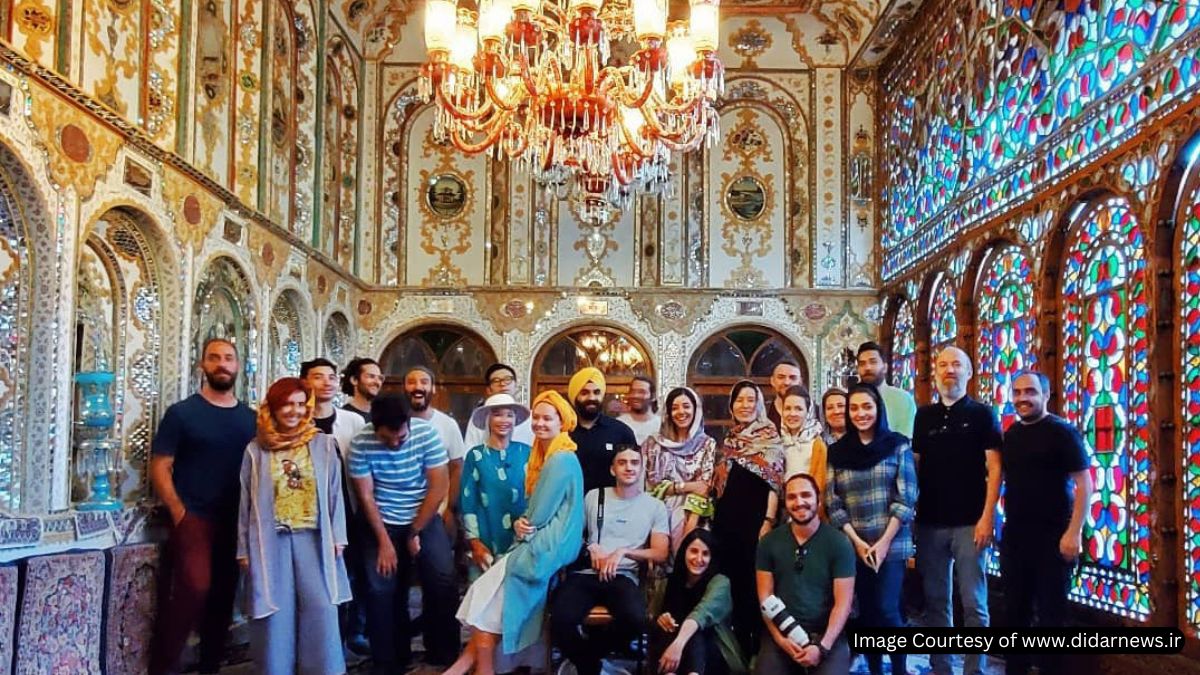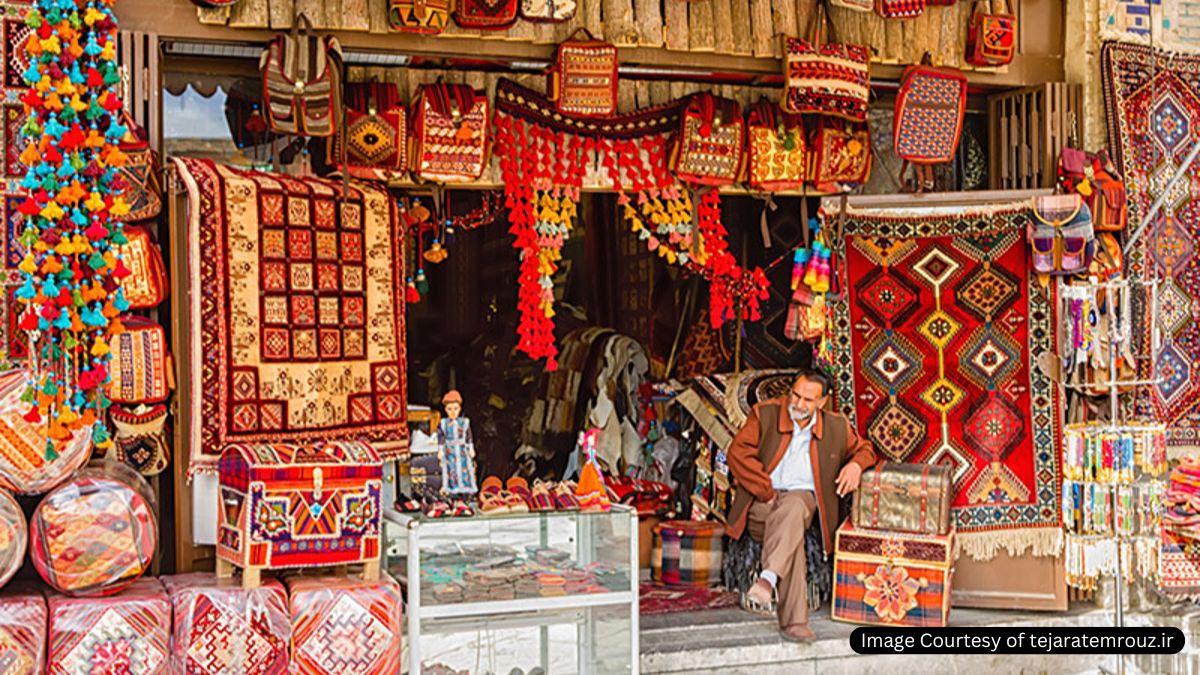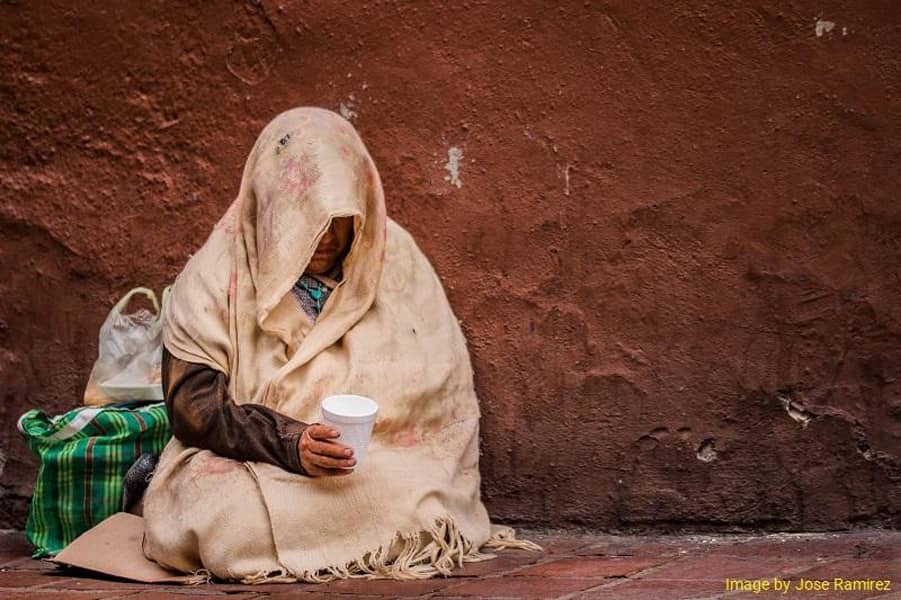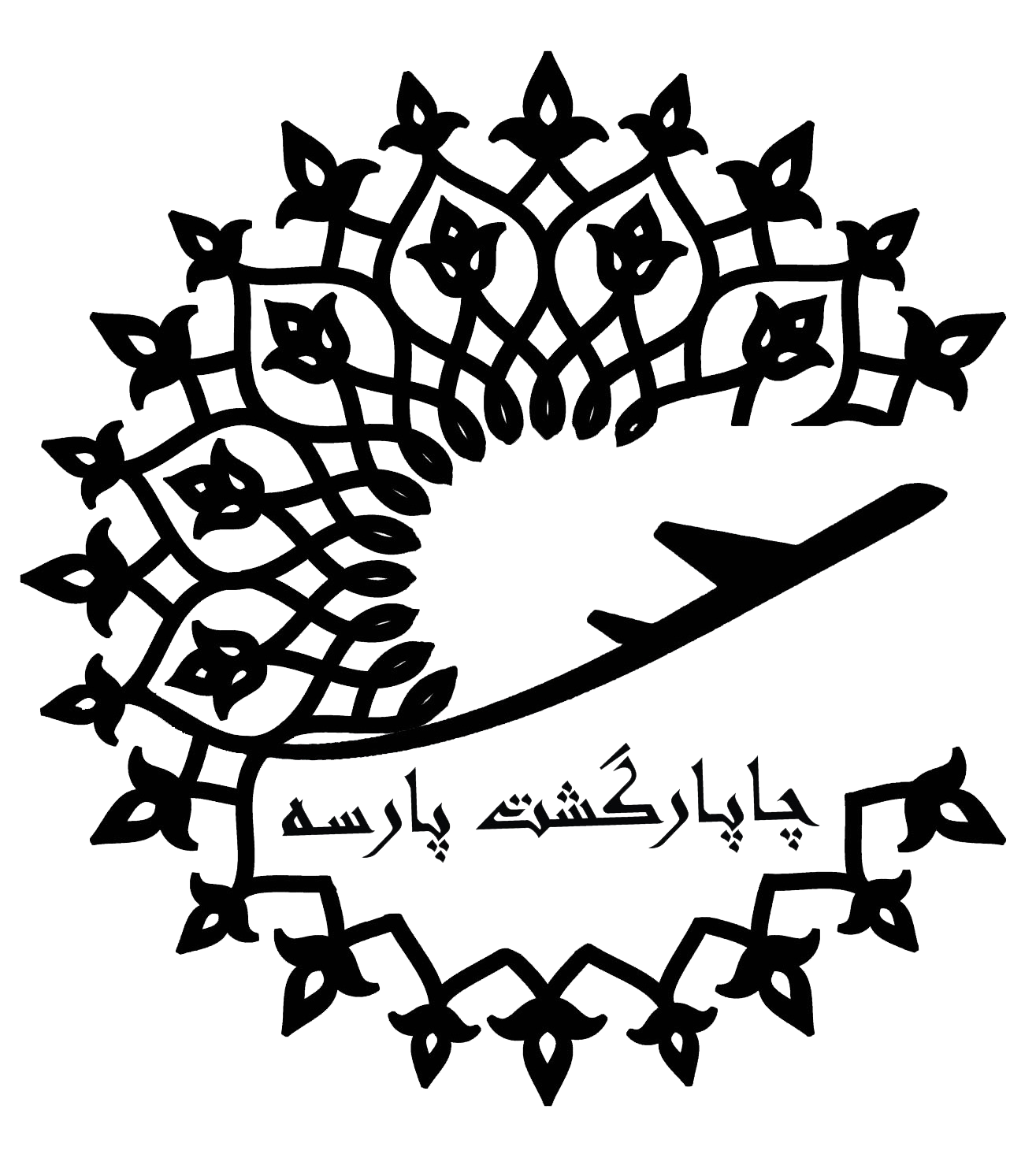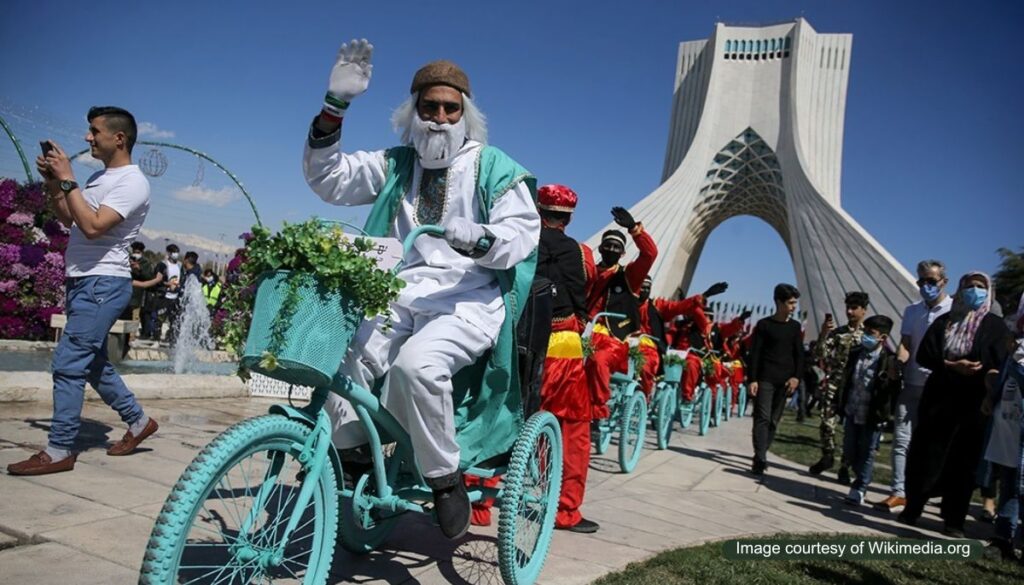
Iran, a land where empires rose and fell, poets penned timeless verses, and artisans perfected crafts over millennia, is a treasure trove for travelers seeking profound historical and cultural immersion. With 28 UNESCO World Heritage Sites—the highest concentration in the Middle East—and a legacy spanning 7,000 years, Tours to Iran offer a journey through time unlike any other.
This meticulously researched guide uncovers the layers of Iran’s heritage, revealing why it’s a must-visit destination for history buffs, architecture enthusiasts, and culture seekers.
1. Walk in the Footsteps of Ancient Empires
Iran’s history is a tapestry woven by some of the world’s earliest civilizations. From the Elamites to the Achaemenids, this region shaped human progress through governance, art, and innovation.
Persepolis: The Crown Jewel of the Achaemenid Empire
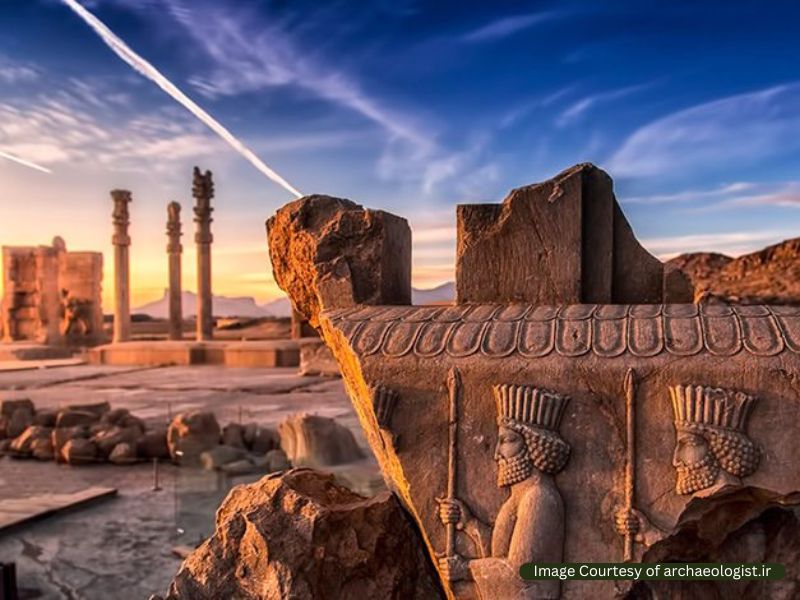
No Iran tour is complete without visiting Persepolis, the ceremonial capital of Darius the Great (518 BCE). This UNESCO site, often dubbed the “birthplace of diplomacy,” features monumental staircases adorned with carvings of 23 subject nations bringing gifts to the Persian king.
Archaeologists estimate that over 10,000 workers spent 50 years constructing this marvel. The Apadana Palace alone covers 10,000 square meters, with 72 columns symbolizing the empire’s reach from the Nile to the Indus.
Pro Tip: Visit at sunrise to avoid crowds and see the reliefs glow in golden light.
Pasargadae: The Tomb of Cyrus the Great
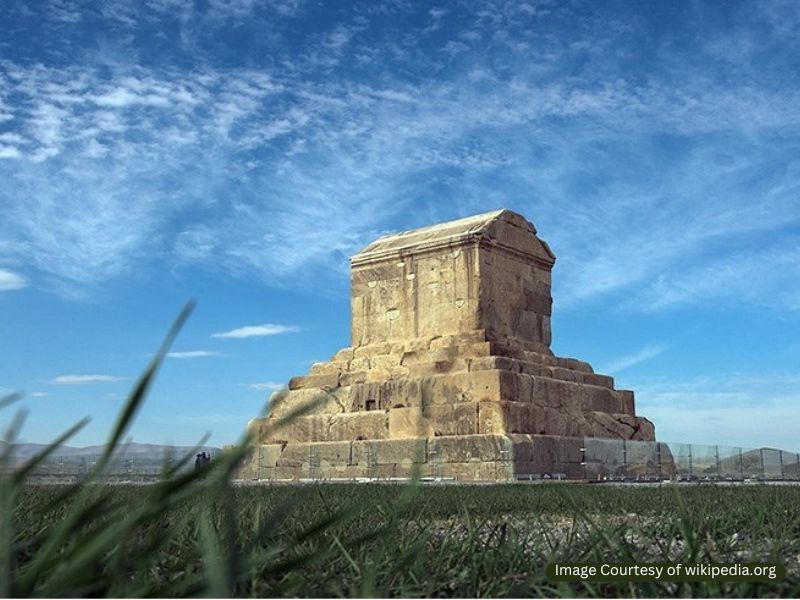
Just 65 km from Persepolis lies Pasargadae, the first capital of the Achaemenid Empire. The minimalist limestone tomb of Cyrus the Great (590–530 BCE) stands as a testament to his legacy as the founder of human rights. The Cyrus Cylinder, discovered here, is considered the first charter of human rights, advocating for religious freedom and racial equality—principles revolutionary for their time.
Susa: A 6,000-Year-Old Crossroads
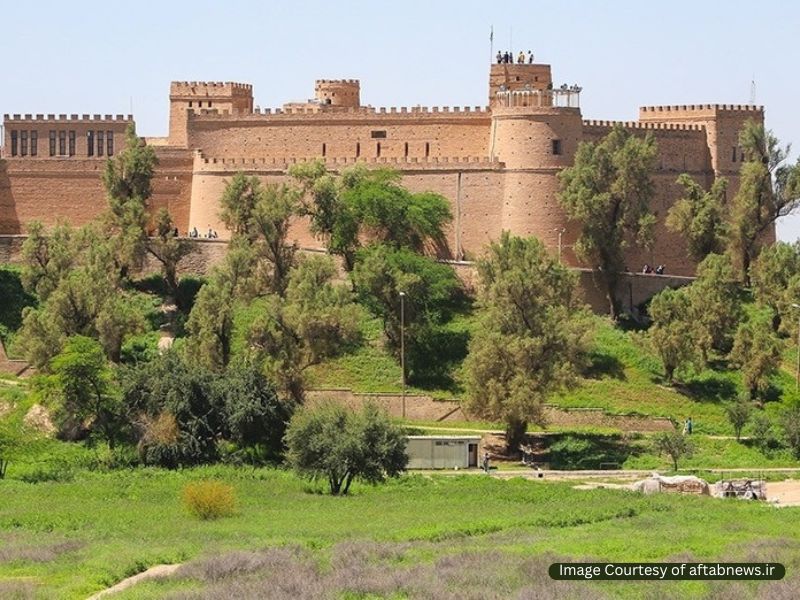
The ancient city of Susa (modern-day Shush) was a melting pot of Elamite, Persian, and Mesopotamian cultures. Excavations here uncovered the Code of Hammurabi (now in the Louvre), while the Shush Castle, built by French archaeologists in the 1890s, offers panoramic views of archaeological digs still active today.
2. Architectural Wonders: Where Pre-Islam and Post-Islam Eras Collide
Iran’s architecture reflects its layered history, blending Zoroastrian fire temples, Sassanian palaces, and Islamic masterpieces. The grand architectural accomplishments of post-Islam Iran are the absolute continuation of pre-Islam Iranian architecture reborn into a new era.
Safavid Splendor in Isfahan
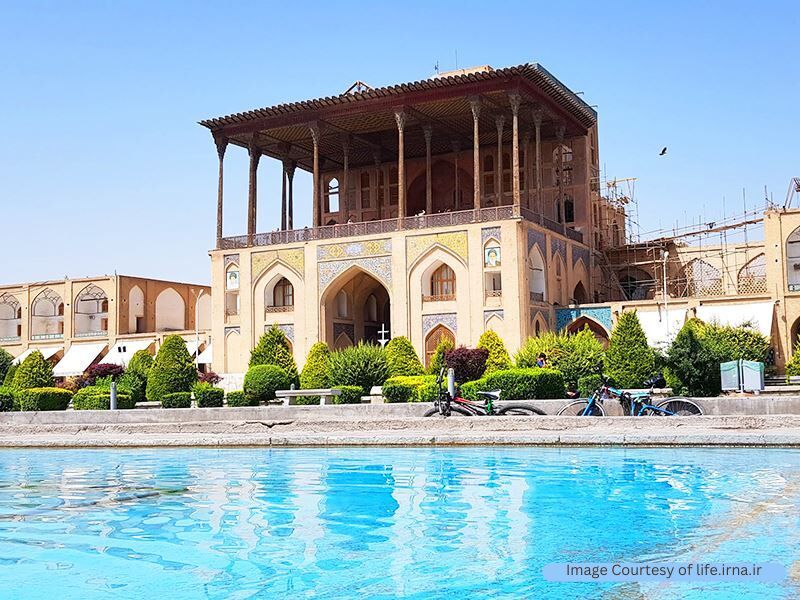
The 17th-century Naqsh-e Jahan Square (Imam Square) in Isfahan is a UNESCO site and one of the largest public squares globally. Flanked by the Sheikh Lotfollah Mosque, renowned for its dome’s color-shifting tiles, and the Ali Qapu Palace with its music room’s acoustic marvels, the square epitomizes Safavid artistry. Don’t miss the Khaju Bridge, a masterpiece combining a bridge, dam, and tea house.
The Pink Mosque: A Symphony of Light
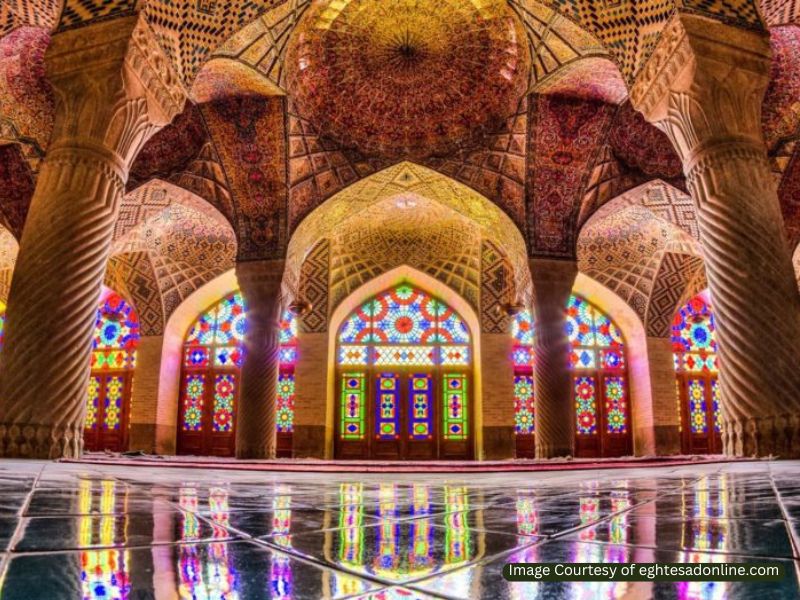
Shiraz’s Nasir al-Mulk Mosque, built in 1888, is an Instagram favorite for its stained-glass windows that paint the prayer hall in rainbows at dawn. The mosque’s tilework features over 10,000 pieces of pink gol-o morgh (flower and bird) motifs—a labor of love by Qajar-era artisans.
Yazd: Desert Innovation
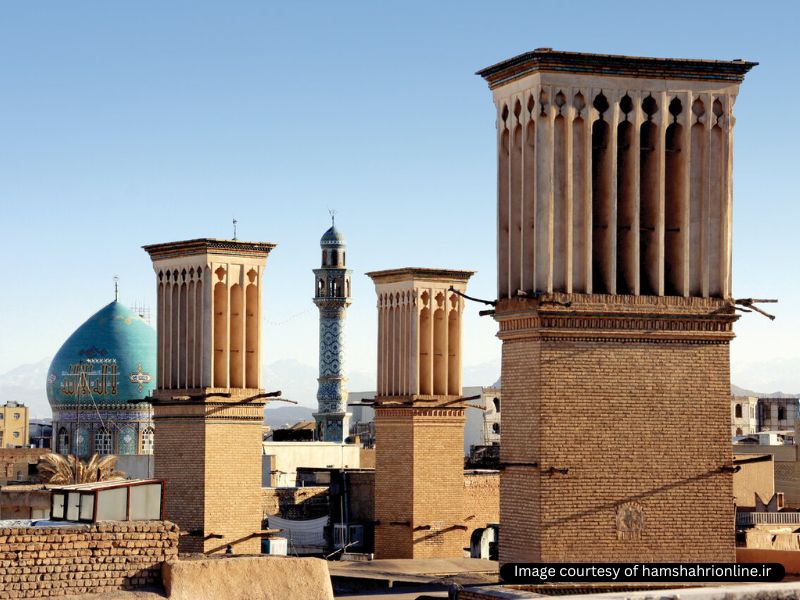
The desert city of Yazd showcases Iran’s sustainable genius. Its windcatchers (Badgirs)—ancient air conditioning systems—cool homes without electricity. The Amir Chakhmaq Complex, with its three-story husseiniyah (religious theater), and the Zoroastrian Towers of Silence highlight the city’s spiritual diversity.
3. Cultural Richness: Poetry, Festivals, and Craftsmanship
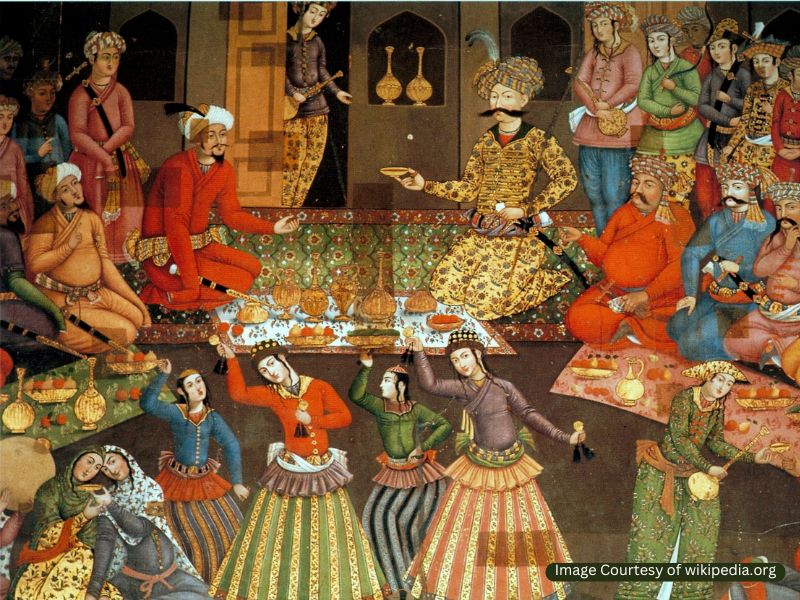
Iran’s culture thrives in its poetry, festivals, and handicrafts, preserved through centuries of change. Among all these marvels, some Iranian poets have gained international popularity and reputation: Fedowsi, Hafez, Khayam, Sa’adi, Molana… The repercussions of Persian poetry can be seen in festivals, arts, architecture, etc.
Nowruz: The Persian New Year
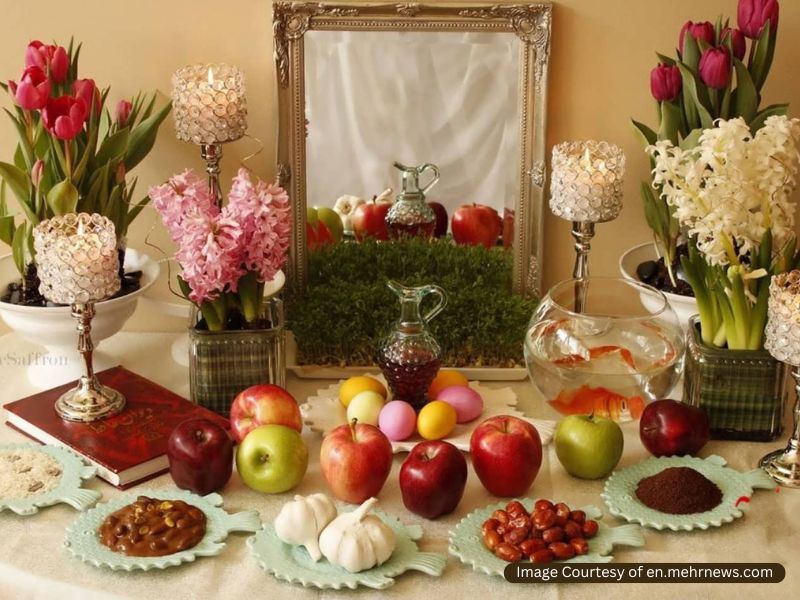
Nowruz is celebrated on the spring equinox (March 20–21) and dates back to the Zoroastrian era. Families create haft-sin tables with seven symbolic items like sabzeh (sprouts) for rebirth and senjed (Silver berry OR Oleaster) for love. In 2023, UNESCO reported that over 300 million people worldwide celebrate Nowruz, making it Iran’s most enduring cultural export.
Persian Poetry as a Way of Life
Iranians recite verses by Hafez and Saadi like daily mantras. In Shiraz, locals flock to Hafez’s tomb at sunset, using his Divan (poetry collection) for fal-e Hafez—a tradition of seeking guidance through random verses. Saadi’s Golestan (“Rose Garden”), written in 1258, remains a cornerstone of Persian ethics.
Iranian Handicrafts: Threads of Tradition
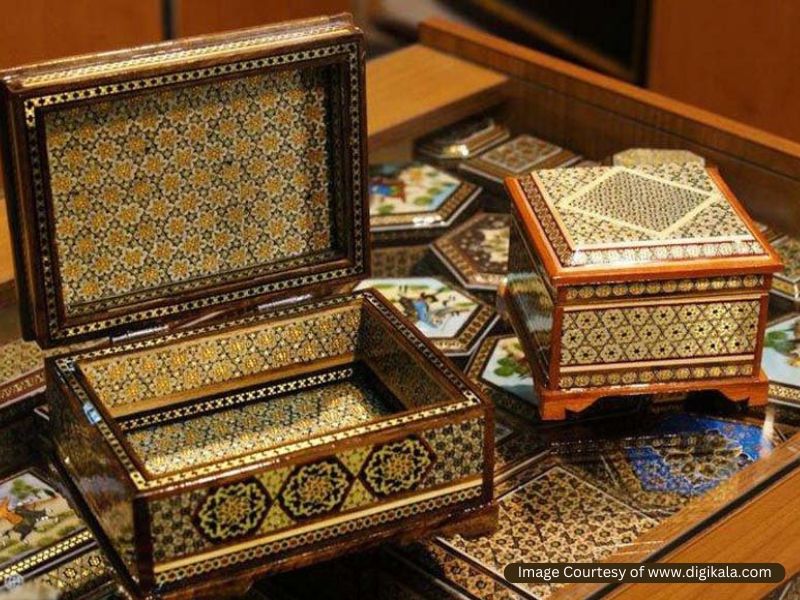
- Persian Carpets: Woven for 2,500 years, these carpets use up to 500 knots per square inch. The Carpet Museum of Iran in Tehran displays a 450-year-old silk Safavid rug.
- Khatam-Kari: This marquetry technique, using bone, metal, and wood, decorates everything from Quran boxes to chessboards.
- Miniature Painting: Isfahan’s artists keep alive this Mongol-era art, creating intricate scenes on camel bone.
4. Museums: Guardians of Iran’s Legacy
Iran’s museums house artifacts that rival the British Museum or the Louvre.
National Museum of Iran (Tehran)
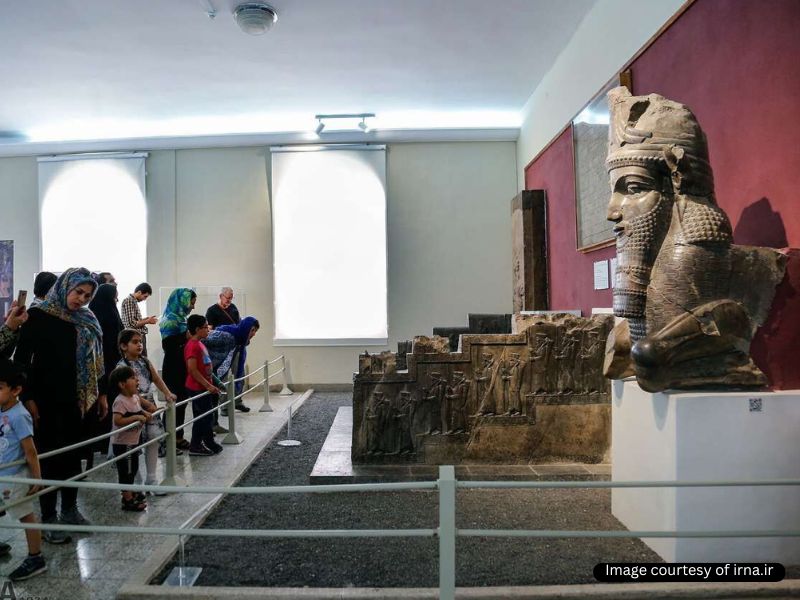
This museum’s Paleolithic section displays 30,000-year-old tools, while the Islamic-era gallery features 9th-century Qurans written in Kufic script. The Salt Men of Zanjan, mummies preserved in a salt mine for 1,700 years, offer a haunting glimpse into ancient mining tragedies.
Persepolis Museum
Housed in the former harem of Xerxes I, this museum showcases cuneiform tablets detailing workers’ wages (paid in wine and barley) and stone lion capitals symbolizing power.
Water Museum (Yazd)
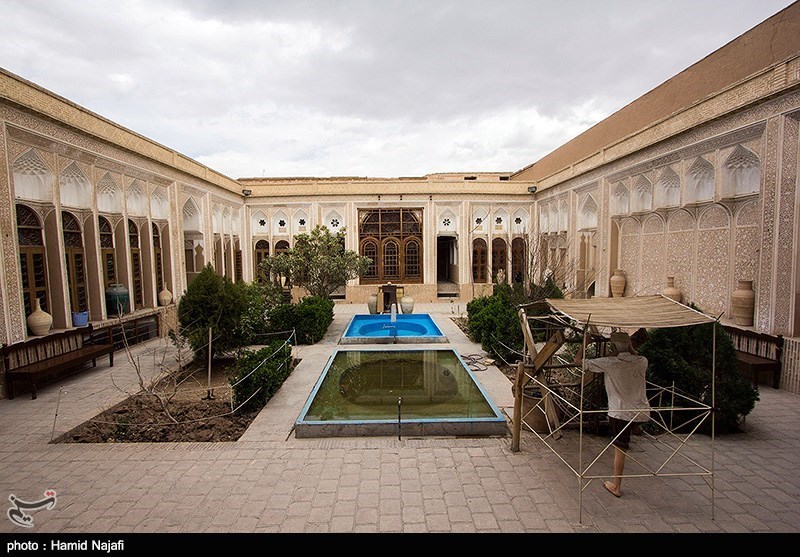
Learn about qanats, 3,000-year-old underground aqueducts that sustained desert cities. Iran has over 37,000 qanats, with the 71-km Zarch Qanat still irrigating farms today.
5. Hospitality: The Heartbeat of Iranian Culture
Iranians live by mehman nawazi (guest worship), a tradition rooted in Zoroastrianism.
Taarof: The Art of Grace
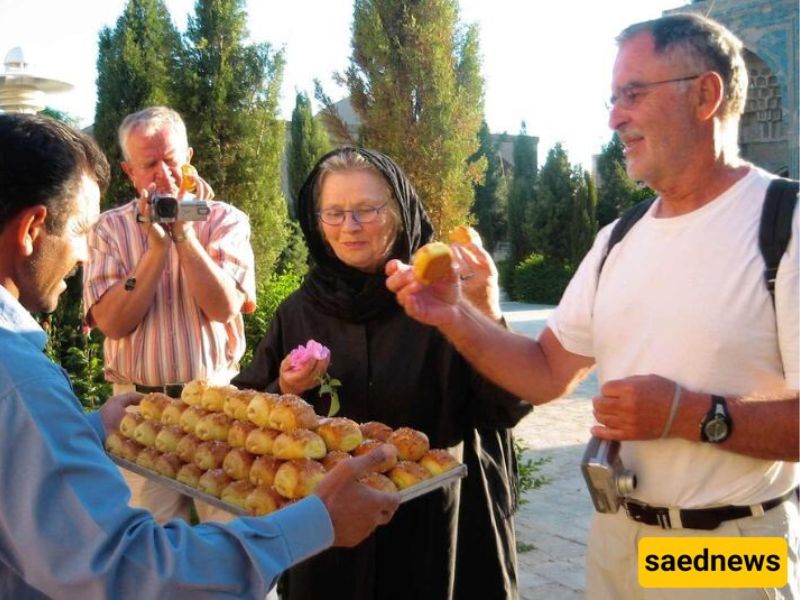
Taarof governs social interactions, where Iranians insist on paying for meals or declining compliments three times before accepting. A 2019 study by the University of Tehran found that 89% of locals prioritize guest comfort over their own needs.
Culinary Journeys
- Chelow Kabab: Succulent lamb kebabs served over saffron rice.
- Fesenjan: A sweet-and-sour stew of pomegranate, walnuts, and duck.
- Baghali Polo: Dill and fava bean rice, often served at weddings.
Pro Tip: Join a cooking class in Isfahan to master tahdig (crispy rice) with local chefs.
Iran Awaits the Curious Traveler
From the echoes of Cyrus the Great’s egalitarian vision to the aroma of cardamom-infused tea in a Yazd courtyard, Iran tours promise transformative experiences. As historian Michael Axworthy wrote, “Persia is present in everything we think of as ‘civilized.’” With improved infrastructure and a 40% increase in tourism since 2020 (Iran Ministry of Tourism), there’s never been a better time to explore this cultural gem.



